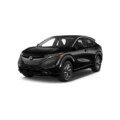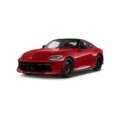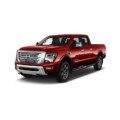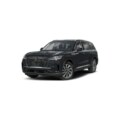Nissan Pathfinder
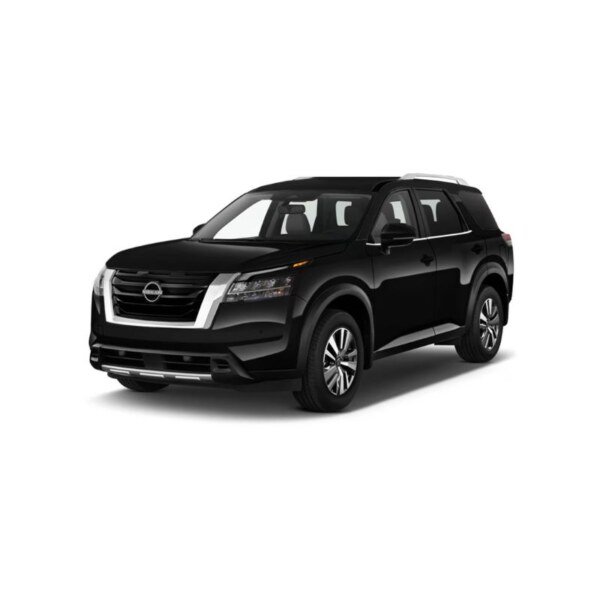

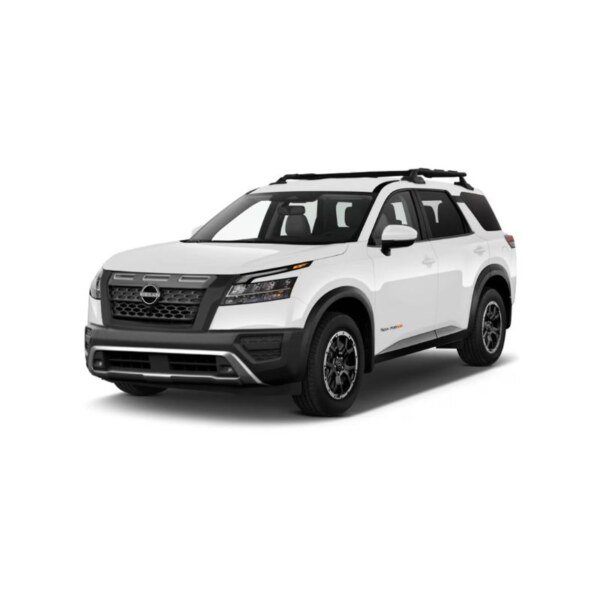
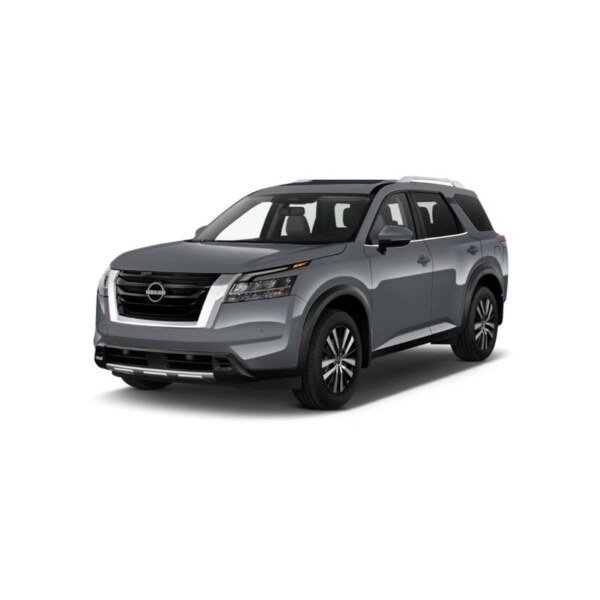
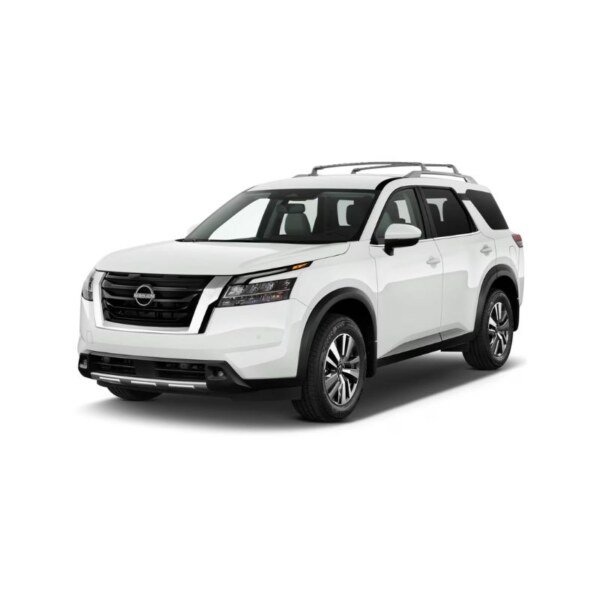

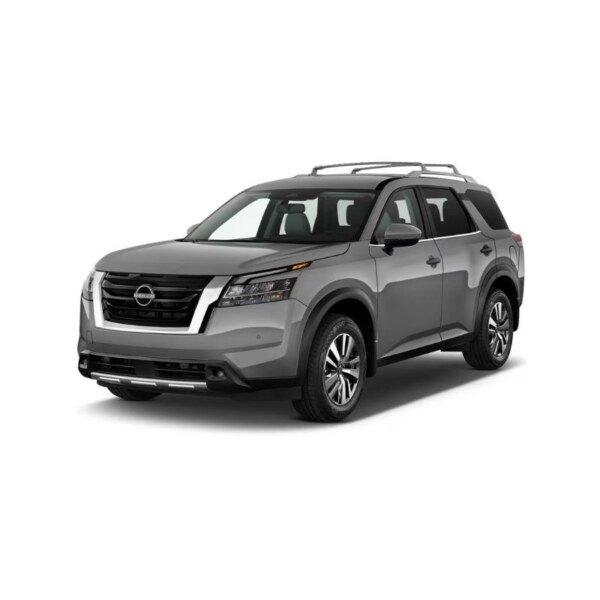
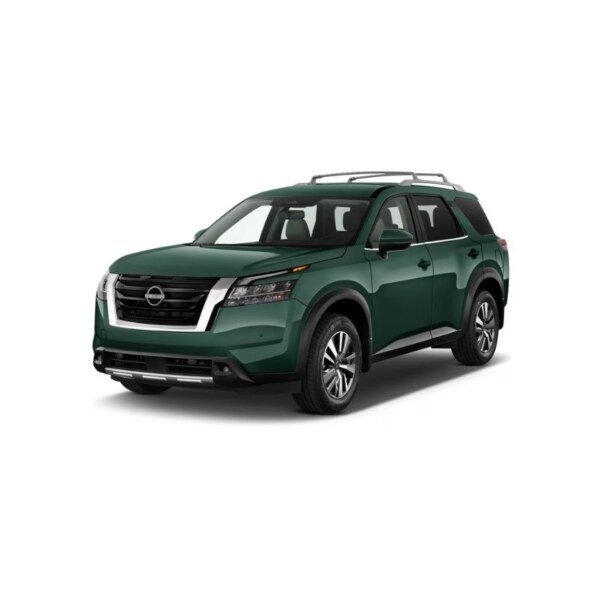
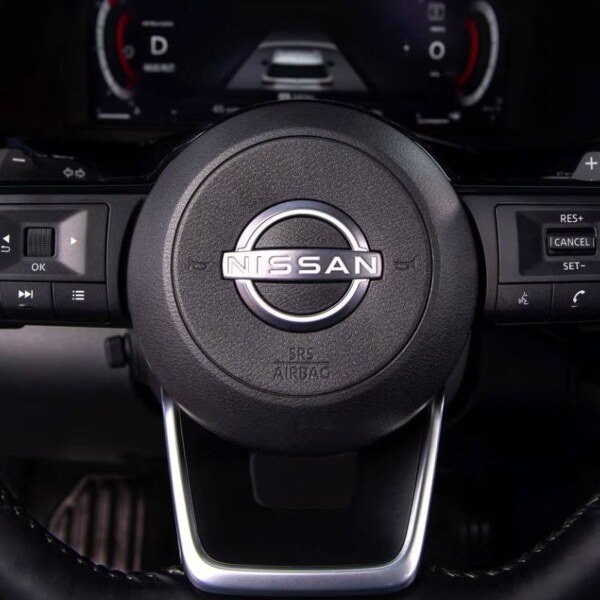
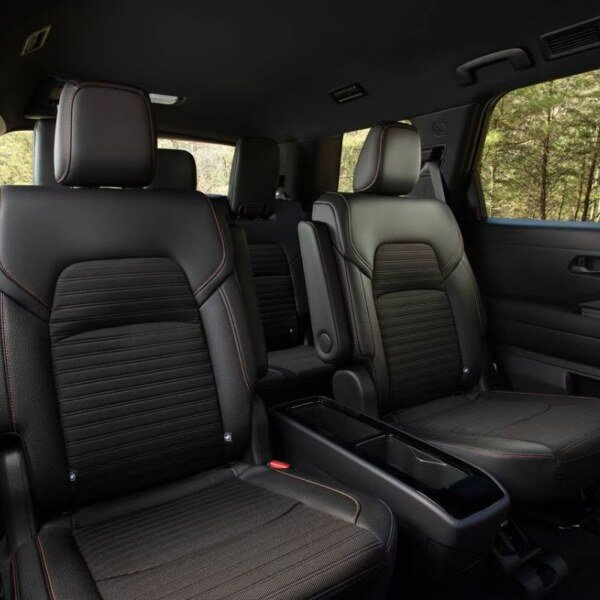
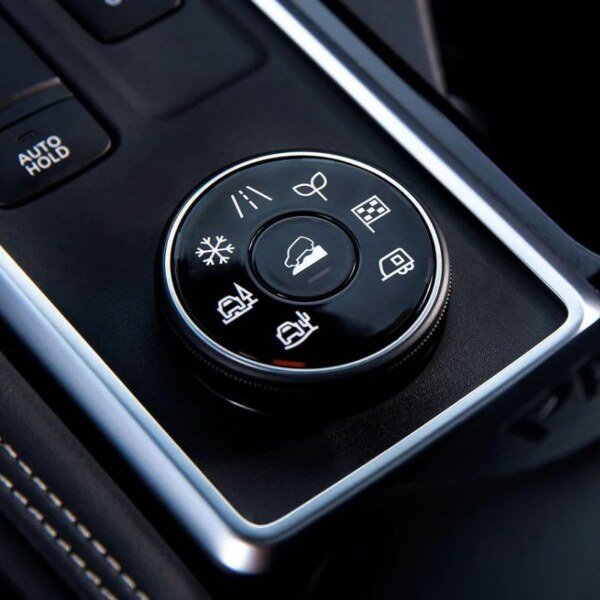
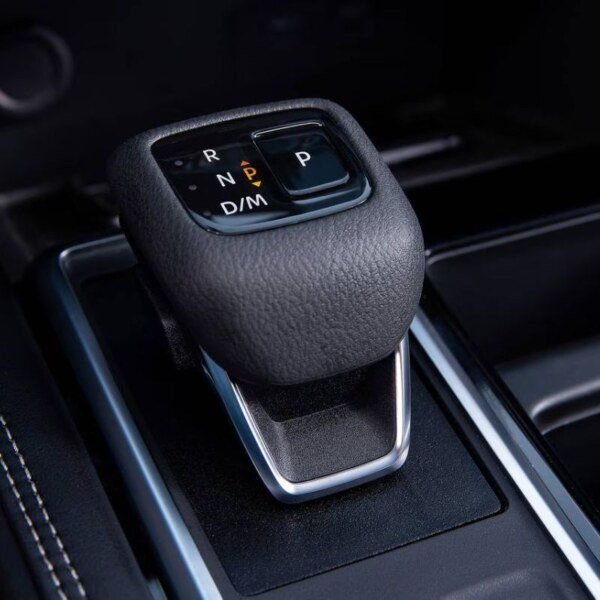
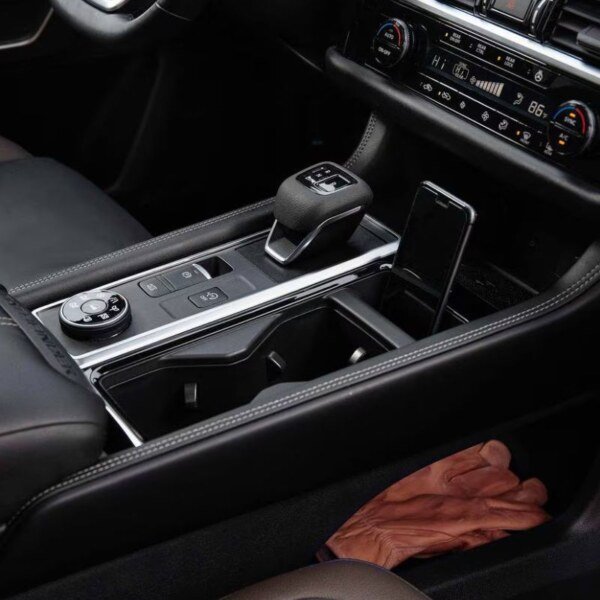
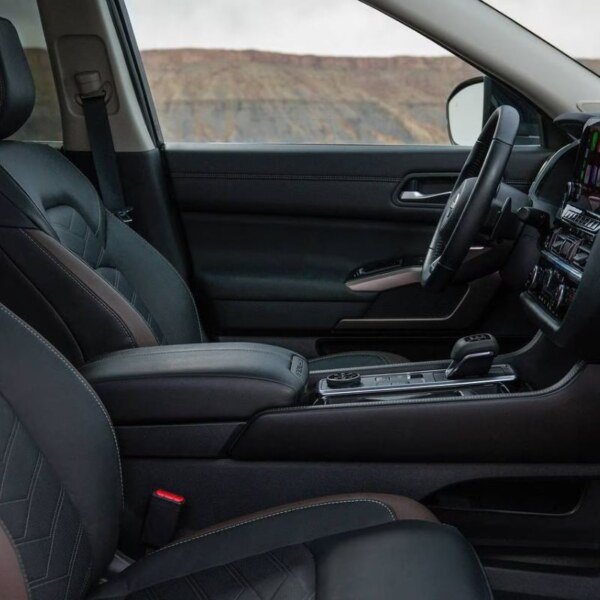
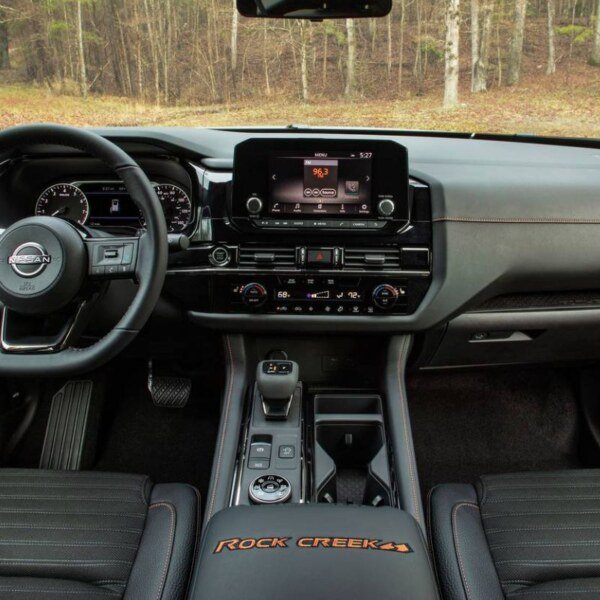
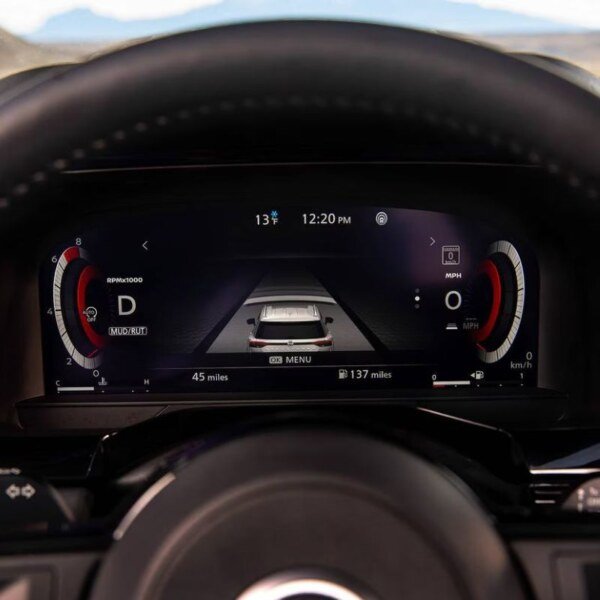
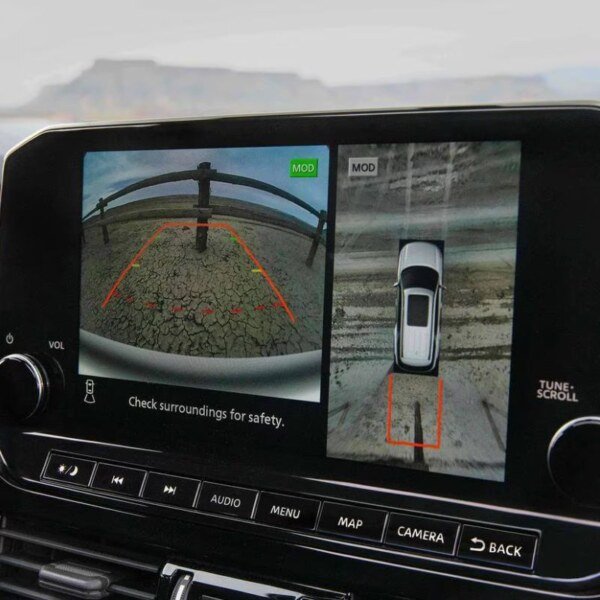
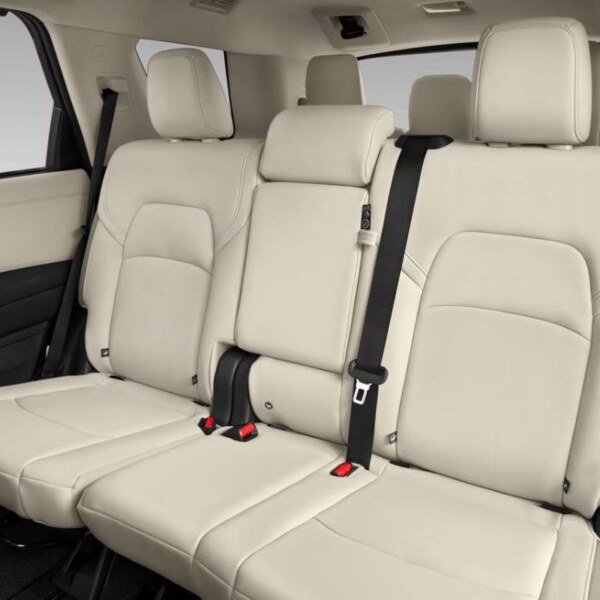
Specifications
Overview
| Models Car models are the different versions or designs of cars made by a manufacturer, each with unique features, styles, and configurations. | Pathfinder S |
| Year typically refers to the model year of a vehicle, which indicates its design and production cycle rather than the actual manufacturing date. | 2025 |
| Combined MPG Combined MPG is the average number of miles a vehicle can travel per gallon of fuel, calculated by blending city and highway driving figures. | 23 MPG |
| Drive Type A car's drive type refers to which wheels receive power from the engine. For example, front-wheel drive (FWD) powers the front wheels, rear-wheel drive (RWD) powers the rear, and all-wheel drive (AWD) or four-wheel drive (4WD) power all four wheels. | front wheel drive |
| Total Seating Car total seating refers to the maximum number of passengers a car can accommodate, including the driver. | 8 |
| Cargo Capacity Car cargo capacity is the measurement of the space available in a vehicle for storing items, typically given in cubic feet or liters. | 16.6 cu.ft. |
| Curb Weight Car curb weight is the weight of a vehicle with all standard equipment, fluids, and a full tank of fuel, but without passengers or cargo. | 4,325 lbs. |
| Basic Warranty A Basic Warranty is a manufacturer’s promise to repair or replace parts of a product if they prove defective within a specified period. | 3 yr./ 36,000 mi. |
| Dealerships Car dealerships are businesses that sell new or used vehicles directly to consumers, often providing financing, trade-ins, and maintenance services. |
One Nissan Way, Franklin, TN 37067, U.S.A. |
Fuel & MPG / Battery & Range
| Fuel type Fuel type refers to the kind of energy source used to power an engine or appliance, such as gasoline, diesel, electricity, or alternative fuels. | Regular unleaded |
| EPA city/highway MPG EPA city/highway MPG refers to the estimated miles per gallon a car gets in city driving and on highways, as measured by the U.S. Environmental Protection Agency. | 20/27 MPG |
| EPA combined MPG EPA combined MPG stands for Environmental Protection Agency Combined Miles per Gallon. It estimates a vehicle’s fuel efficiency by averaging its performance in both city and highway driving conditions. | 23 MPG |
| Range in miles (city/hwy) Car range refers to the distance a vehicle can travel on a full tank of fuel (or a full battery charge) and is usually measured separately for city driving—which often gives a lower range due to stop-and-go traffic—and highway driving, where steady speeds generally result in a higher range. | 370.0/499.5 mi. |
| Fuel tank capacity A car's fuel tank capacity is the maximum amount of fuel it can hold, usually measured in liters or gallons. | 18.5 gal. |
| CO2 Emissions Car CO₂ emissions refer to the amount of carbon dioxide released into the atmosphere by a vehicle’s engine as it burns fuel. | 6.3 tons |
Engine
| Base engine size The car’s base engine size usually refers to its engine displacement, which is the total volume of all the cylinders (measured in liters or cubic centimeters). | 3.5 L |
| Cylinders Car cylinders are the chambers in an engine where the combustion of fuel occurs, driving pistons to create mechanical power. | V6 |
| Base engine type A car’s base engine type refers to its fundamental design—typically the configuration (like inline, V-type, or boxer) and the fuel it uses (gasoline, diesel, etc.). | Gas |
| Horsepower Car horsepower is a unit of power that measures how much work an engine can perform, with one horsepower roughly equal to 746 watts. | 284 hp @ 6,400 rpm |
| Torque Car torque is a measure of the engine's twisting force, indicating its ability to accelerate the vehicle and overcome resistance. | 259 lb-ft @ 4,800 rpm |
| Valves Car valves are engine components that control the intake of air and fuel and the exhaust of combustion gases. | 24 |
| Cam type generally refers to the configuration of an engine’s camshaft(s). For example, engines can have a single overhead cam (SOHC) or dual overhead cam (DOHC) layout, each affecting valve timing and engine performance differently. | Double overhead cam (DOHC) |
| Valve timing Valve timing is the process of precisely controlling when the engine's intake and exhaust valves open and close to optimize performance and efficiency. | Variable |
| Direct injection Direct injection is a fuel system that injects fuel directly into the engine’s combustion chamber, which improves efficiency, power, and fuel economy. | Standard |
Towing & Hauling
| Max Towing Capacity | 3,500 lbs. |
| Max Payload Capacity | 1,575 lbs. |
Drivetrain
| Transmission A car transmission is the system that transfers power from the engine to the wheels, using different gear ratios to control speed and torque. | 9-speed shiftable automatic |
| Drive Type A car's drive type refers to which wheels receive power from the engine. For example, front-wheel drive (FWD) powers the front wheels, rear-wheel drive (RWD) powers the rear, and all-wheel drive (AWD) or four-wheel drive (4WD) power all four wheels. | Front wheel drive |
Suspension
| Four-wheel independent suspension | Standard |
| Front and rear stabilizer bar | Standard |
Dimensions
| Length | 197.7 in. |
| Overall width with mirrors | 77.9 in. |
| Height | 70.9 in. |
| Wheelbase A car's wheelbase is the distance between the centers of its front and rear wheels. | 114.2 in. |
| EPA interior volume | 164.6 cu.ft. |
| Cargo capacity, all seats in place | 16.6 cu.ft. |
| Maximum payload | 1,575 lbs. |
| Maximum cargo capacity | 80.5 cu.ft. |
| Turning circle The car turning circle is the smallest circular path a vehicle can complete, reflecting its maneuverability. | 38.7 ft. |
| Ground clearance he distance from the lowest part of the car to the ground. This measurement is important because it determines how well a car can handle rough or uneven terrain. | 7.1 in. |
| Curb Weight Car curb weight is the weight of a vehicle with all standard equipment, fluids, and a full tank of fuel, but without passengers or cargo. | 4,325 lbs. |
| Angle of approach | 16.1 degrees |
| Angle of departure | 21.1 degrees |
| Maximum towing capacity | 3,500 lbs. |
| Gross weight Car gross weight is the total weight of the vehicle including passengers, cargo, fuel, and all additional equipment. | 5,900 lbs. |
| Country of final assembly A car’s country of final assembly is the nation where the vehicle is put together into its final form, regardless of where its parts were produced. | United States |
Front Seat Dimensions
| Front head room | 42.3 in. |
| Front leg room | 44.3 in. |
| Front shoulder room | 60.8 in. |
| Cloth | Standard |
| Driver seat with power adjustable lumbar support | Standard |
| Height adjustable passenger seat | Standard |
| Multi-level heated driver seat | Standard |
Rear Seat Dimensions
| Rear head room | 39.6 in. |
| Rear leg room | 35.5 in. |
| Rear shoulder room | 59.6 in. |
| Rear hip room | 56.3 in. |
| Split-folding rear seatback | Standard |
In-Car Entertainment
| Display size | 8.0" |
| Total speakers | 6 |
| AM/FM stereo | Standard |
| Android Auto/Apple CarPlay | Standard |
| USB connection | Standard |
| USB with external media control | Standard |
| Satellite radio satellite radio | Standard |
Power Feature
| 1st row power glass moonroof | Standard |
| Hands-free entry | Standard |
| Heated mirrors | Standard |
Instrumentation
| Trip computer | Standard |
| Compass | Standard |
| Tachometer | Standard |
| Clock | Standard |
Tires & Wheels
| Alloy wheels | Standard |
| Tires Size | 255/60R18 |
| Wheels Size | 18 |
| All season tires | Standard |
| Temporary spare tire | Standard |
Telematics
| Stolen Vehicle Tracking/Assistance | N/A |
Warranty
| Basic | 3 yr./ 36,000 mi. |
| Drivetrain | 5 yr./ 60,000 mi. |
| Rust | 5 yr./ unlimited mi. |
| Roadside Assistance | 3 yr./ 36,000 mi. |
| Free maintenance | 2 yr./ 24,000 mi. |
PROS
- Spacious Interior: Offers seating for 8 and up to 80.5 cu.ft. of cargo capacity, ideal for large families or group travel.
CONS
- Limited Towing for the Segment: Max towing capacity of 3,500 lbs. may fall short for those needing more hauling power.
The Nissan Pathfinder S — a versatile 8-seater SUV with a powerful 284-hp V6 engine, smooth 9-speed automatic transmission, and 23 MPG combined fuel efficiency. With advanced safety, 3,500 lbs. towing capacity, and a roomy 80.5 cu.ft. max cargo space, it’s built for families and adventure seekers alike. Made in the USA and backed by a 3-year/36,000-mile warranty, the Pathfinder S blends comfort, performance, and practicality.
Your question is: Nissan Pathfinder S?
Which question will you have about this car? Let’s justify these. There, we are including the major questions and answers about this car. So, let’s start now.
What is the fuel economy of the 2025 Nissan Pathfinder S?
The 2025 Pathfinder S gets an EPA-estimated 23 MPG combined, with 20 MPG city and 27 MPG highway.
How many passengers can the 2025 Nissan Pathfinder S seat?
It comfortably seats up to 8 passengers, making it great for larger families or groups.
What is the maximum cargo capacity of the Pathfinder S?
With the rear seats folded down, it offers a maximum cargo capacity of 80.5 cubic feet.
Is the 2025 Pathfinder S good for towing?
Yes, it can tow up to 3,500 lbs., which is sufficient for small trailers, boats, or campers.
What type of engine does the 2025 Pathfinder S have?
It features a 3.5-liter V6 gas engine that produces 284 horsepower and 259 lb-ft of torque.
What warranty does Nissan provide for the Pathfinder S?
The base warranty covers 3 years or 36,000 miles, whichever comes first.
Where is the 2025 Nissan Pathfinder S manufactured?
It’s assembled in the United States at Nissan’s facility in Franklin, Tennessee.
